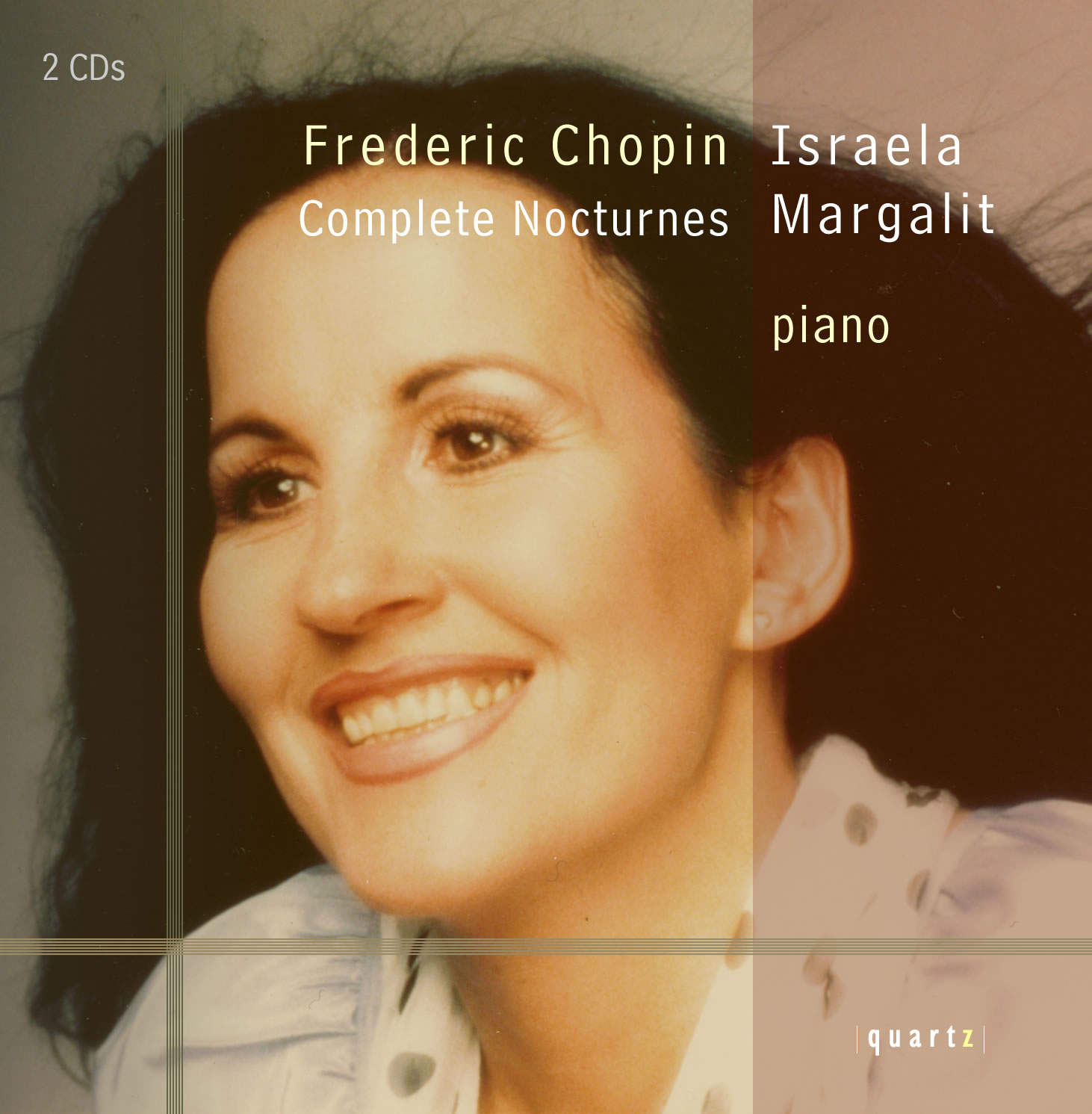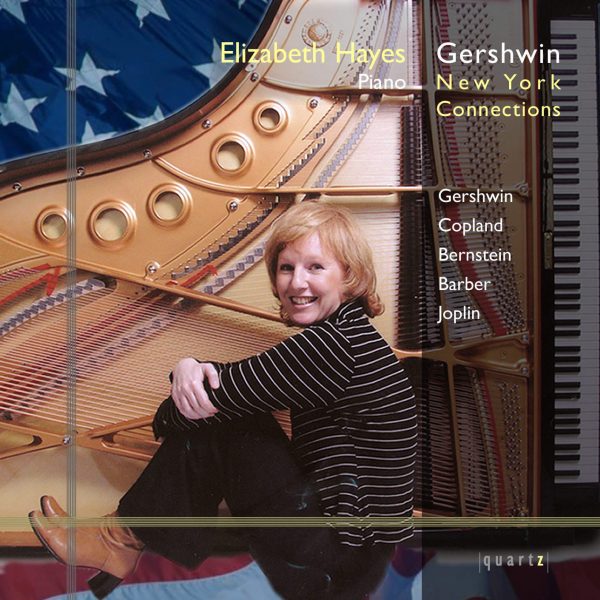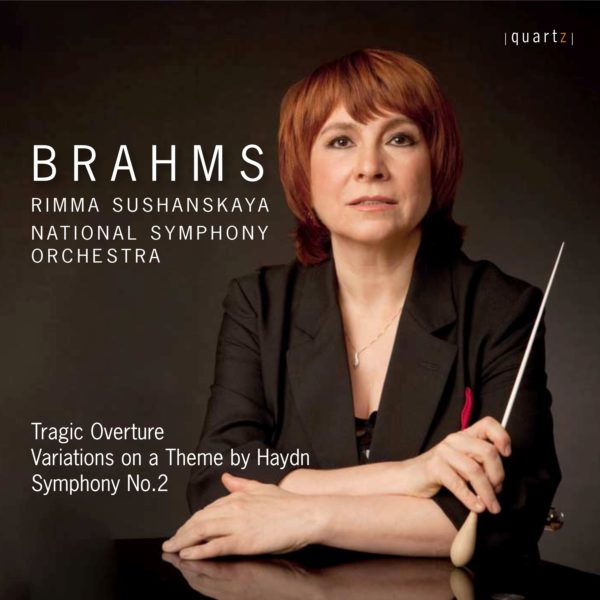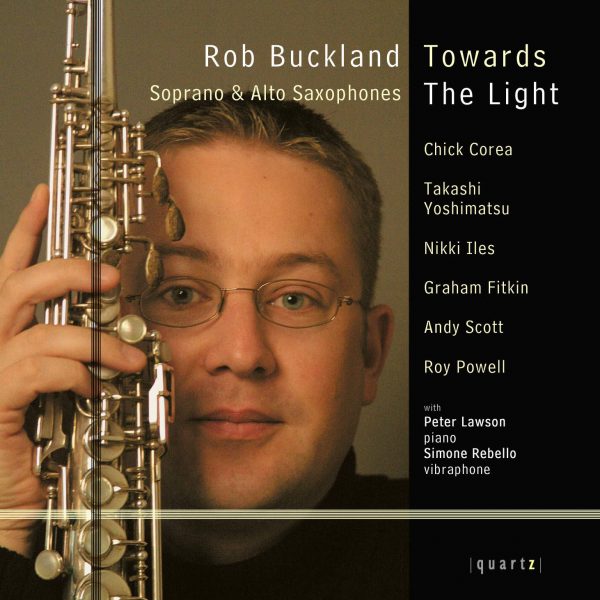Chopin – Complete Nocturnes
£4.99 – £12.99
Frédéric Chopin
Complete Nocturnes for Piano
(2 CDs)
Nocturnes Op. 9
Nocturnes Op. 15
Nocturnes Op. 27
Nocturnes Op. 32
Nocturnes Op. 37
Nocturnes Op. 48
Nocturnes Op. 55
Nocturnes Op. 62
Nocturnes Op. 72
Nocturnes Op. Posth.
The long-awaited release of the complete Chopin Nocturnes by one of the world’s most acclaimed international pianists and Chopin specialists.
About This Recording
Frédéric Chopin (1810-1849) is widely regarded as the single most important composer for the piano of the nineteenth century. Alongside Liszt and Schumann he succeeded in transforming the repertoire and performance practices of his instrument but, unlike these composers, didn’t write a single work that didn’t include it.
Born in Poland, the son of a Frenchman, Chopin’s music is deeply indebted to both countries. In his Mazurkas and Polonaises he drew on his native country’s traditional music but he achieved his greatest successes with these works in the fashionable Paris salons of the 1830s.
Although never fitting comfortably into a particular “movement” or style, many of Chopin’s contemporaries were deeply influenced by him and he is now regarded as one of the archetypal Romantic composers, a term from which Chopin was keen to distance himself . Schumann, Liszt, Mendelssohn and Berlioz were all great admirers of his work but this admiration was seldom reciprocated and it is perhaps an indication of where the performer/composer balance lay in Chopin’s own mind that he felt closer to the celebrated pianist Clara Schumann than he did to her composer husband.
Chopin’s musical style is deeply indebted to earlier models and to national styles but, at the same time, he was responsible for defining or redefining many of the forms that have since dominated the classical canon. He was responsible for creating the Ballade and was the first person to write a Scherzo as a separate, self-contained piece. études, Waltzes, Mazurkas, Polonaises and Nocturnes are all forms which are inextricably linked to his name.
Central to his musical style is the idea of melody and, in particular, the sung melody. Chopin was passionate about singers and about singing and was very familiar with the bel canto operas of Bellini, Rossini and Donizetti. His piano writing ranges from simple melody to highly ornamented, almost improvisational lines that are reminiscent of these composers and which perhaps lend his works a more intimate and personal touch than the works of many of his contemporaries. It was perhaps appropriate, therefore, that when Chopin died in 1849, he was buried at the Pere Lachaise cemetery in Paris alongside his great friend Vincenzo Bellini.
It was the Irish composer and pianist John Field who introduced the Nocturne as an instrumental work in his set of Three Nocturnes published in 1812. In essence, Field was transferring the idea of a sung night-time serenade to a wordless, instrumental medium and it was perhaps this element most of all that was so attractive to Chopin. Indeed it was a form he would return to again and again. Liszt reports that Chopin left an unfinished Nocturne at the time of his death although it is not clear whether this manuscript has survived or whether it is, in fact, the Nocturne Op 72 No 1.
In form, most of the Nocturnes follow a simple A-B-A structure with the A section characteristically comprising a dreamy melody over a supporting and more regular accompaniment while the B section is often more strident or dramatic. However, in the same way that Chopin able was to completely assimilate earlier models of the Nocturne and create something entirely new out of them, he is equally happy to diverge from even this basic pattern. The third Nocturne of his Op 15 set, in G minor, for example begins with a Mazurka and ends with a chorale while eschewing the A-B-A structure altogether.
The highly developed and often stylised “vocal” writing of the right hand is also reflected in the way Chopin treats the left hand. Far from being a “solid” background from which the right hand melodies can diverge and return, Chopin makes great use of the sustaining pedal to enable wide-spread leaps and arpeggios in the left hand, which matches the range of the right hand and which is often motivically linked to it.
The elegance and poise that are almost universally appreciated in the Nocturnes today haven’t always been recognised as such. One contemporary of Chopin’s wrote: “If one holds Field’s charming romances before a distorting concave mirror, so that every delicate expression becomes coarse, one gets Chopin’s work. However it is important to see these (in many ways) modest works as absolutely central to the progress of so many post-Beethovenian composers who sought to redefine musical forms and who, like Liszt in his orchestral tone poems and, ultimately, Wagner in his colossal stage works led the musical world away from the sometimes stylised refinement of the late 18th Century and towards an artform that was more intimate and that derived from a more immediately human experience.
Track Listing
-
Frederic Chopin
- Nocturne in C sharp minor Op. Posth.
- Nocturne in C minor Op. Posth.
- Nocturne in B flat major Op. 9 No. 3
- Nocturne in E flat major Op. 9 No. 2
- Nocturne in B major Op. 9 No. 3
- Nocturne in F major Op. 15 No. 1
- Nocturne in F sharp major Op. 15 No. 2
- Nocturne in G minor Op. 15 No. 3
- Nocturne in C sharp minor Op. 27 No. 1
- Nocturne in D flat major Op. 27 No. 2
- Nocturne in B major Op. 32 No. 1
- Nocturne in A flat major Op. 32 No. 2
- Nocturne in G minor Op. 37 No. 1
- Nocturne in G major Op. 37 No. 2
- Nocturne in C minor Op. 48 No. 1
- Nocturne in F sharp minor Op. 48 No. 2
- Nocturne in F minor Op. 55 No. 1
- Nocturne in E flat major Op. 55 No. 2
- Nocturne in B major Op. 62 No. 1
- Nocturne in E major Op. 62 No. 2
- Nocturne in E minor Op. 72 No. 1




